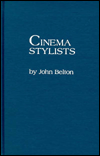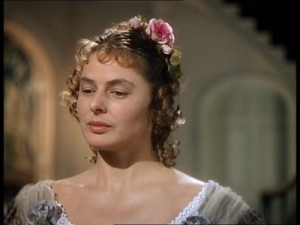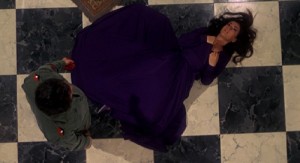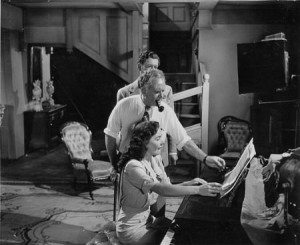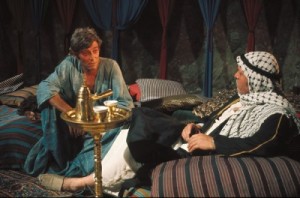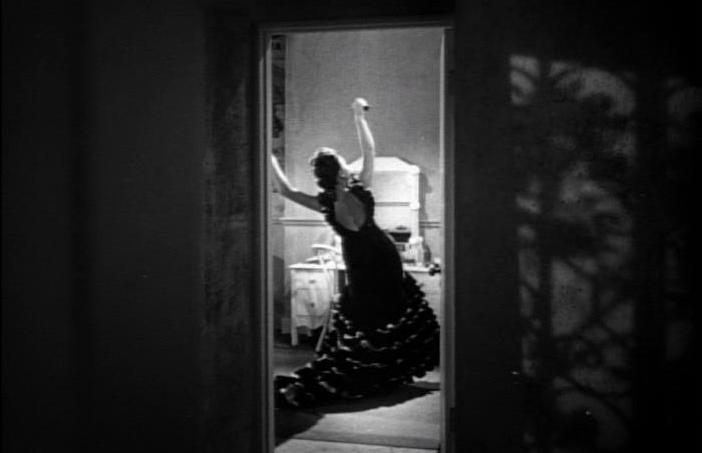Cinema Stylists, by John Belton
From the Summer 1984 Film Quarterly (Vol. XXXVII, No. 4). I can happily report that some copies of this book are still available on the Internet. — J.R.
CINEMA STYLISTS
By John Belton. Metuchan, N.J. & London: The Scarecrow Press, 1983. $19.50.
From the outset, in his Introduction, John Belton makes the organizing stance of Cinema Stylists admirably clear. Revised auteurism — that is to say, non-vulgar and non-biographical auteurism, an auteurism brought more in line with the qualms of Barthes and Foucault (and subsequently Wollen) about authorship, and tempered with some of the notions about authorial presence in Wayne Booth’s The Rhetoric of Fiction — is the dominant (if not exclusive) mode in this collection of over three dozen pieces, written over the past fourteen years. With the specters and examples of Robin Wood and Andrew Sarris hovering over his shoulders – his right and left consciences, as it were – Belton lacks the stylistic fluidity of either of his mentors, but has certain sound academic virtues which match and occasionally surpass the capacities of both.
A champion of the underdog film as well as the neglected figure, Belton can be seen going to bat in Cinema Stylists for Robert Mulligan, Edgar G. Read more

